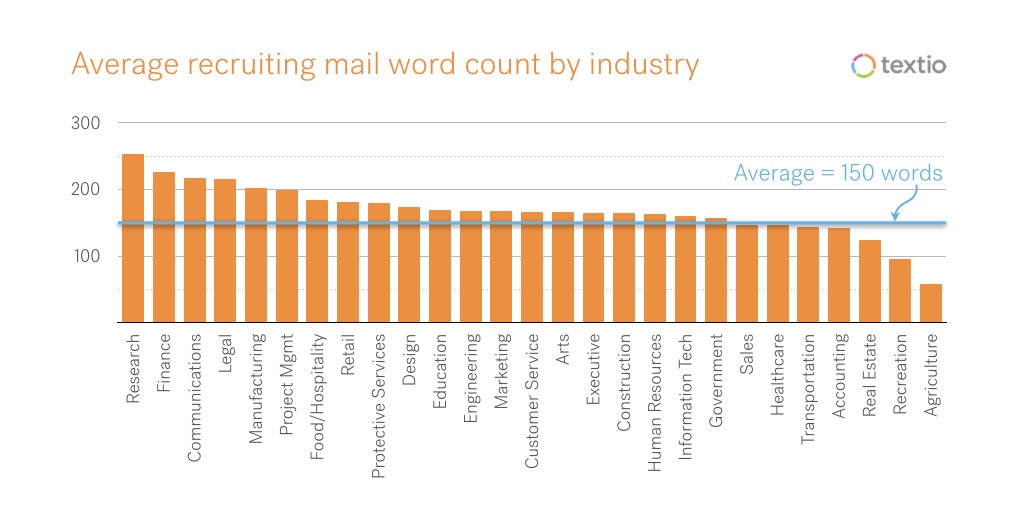It's not just the words you choose, but how you use them

At Textio, we regularly uncover the relationship between the language your organization uses and the underlying culture that your language reveals. When thousands of people in the same company use the same words without having been told to, it isn’t an accident; the language they choose illuminates real shared cultural values.
Put another way, it’s not a coincidence that Amazon job posts use the word maniacal 11 times more often than the rest of the industry, or that Uber uses whatever it takes 30 times more. Especially among companies that hire a lot, job posts provide a fantastic place to observe these linguistic and cultural patterns in action — the whole company writes them, and hiring managers across a huge enterprise rarely coordinate with one another.
But what happens when you look beyond job posts?
A few months ago we launched Textio Hire, moving Textio beyond just job post language and into the direct 1–1 candidate communication that hiring teams write every day. Recruiting mail is different from job posts in just about every way, so different kinds of language patterns pop up — and these patterns too are culturally revealing.
Job posts are one-size-fits-all, broadcast communication intended to reach hundreds or thousands of people. By contrast, the best recruiting mail is meant just for the person who receives it.
In job posts, components like your company statement and your equal opportunity statement make a huge statistical difference to applicant response rate. In recruiting mail, these concepts not only don’t matter, but they aren’t even relevant. On the other hand, in recruiting mail, you’d better get your greeting and sign-off just right, as these make a huge difference for mail response rate.
One way in which job posts are different from recruiting mail messages is that job posts are longer — a lot longer. This year, the job posts that fill the fastest and draw the highest number of qualified applicants, average about 600 words. By contrast, the recruiting mail with the highest positive response rates is much shorter, averaging only 150 words.

But as with all forms of writing, good recruiting messages are not one-size-fits-all. Some industries are much, uh, wordier than others. People hiring for Research jobs write the wordiest recruiting messages of them all, writing four times as many words as people hiring for jobs in Agriculture or Recreation and Sports.
The next highest on the list? Finance, Communications, and Legal, all of which come in well over the 150 word message length that statistically gets the highest message response rates.
Not coincidentally, these are also the job types most likely to overload all their hiring communication with corporate jargon (think stakeholders, synergy, and KPIs), causing roles to fill twice as slowly. The specific words you choose, along with the volume of those words and the way you put them together, tell a consistent story about your culture.
On the other hand, recruiting messages for Sales jobs get closest to that engagement sweet spot, averaging 147 words in total. No surprise that sales recruiters in particular have had to figure this one out! Time is money.
The way you communicate reveals what you really care about. It’s in the words you choose, from among the billions of billions that you could have chosen. It’s in the way you put those words together. It’s also in how many words you use in the first place. All of those choices reveal who you are — and change who responds to you.
You can fix the words that you know about, but no checklist or training can tell you about all the patterns you hadn’t even guessed were significant in the first place.
Download our new guide, The Secret Language of Sourcing for more information.